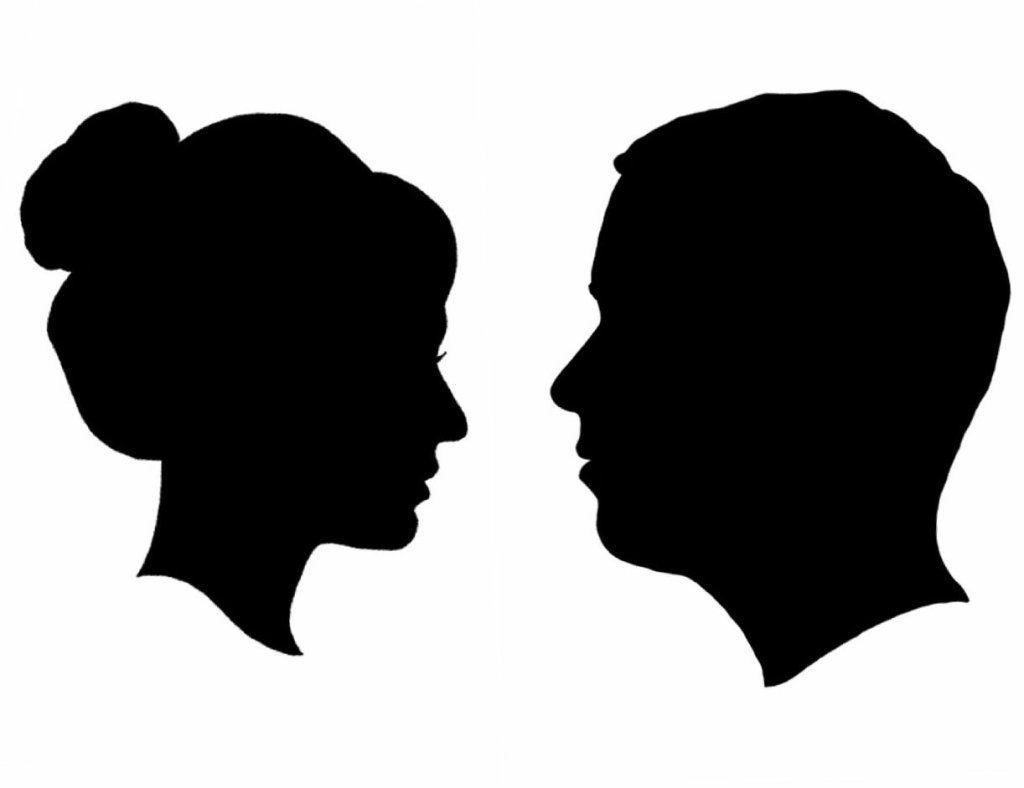Lunfardo is a rich and often slyly humorous dialect, and nowhere is its imaginative use of language more evident than with the plethora of words it has for “head” (cabeza in standard Spanish).
As can be expected, many of these terms are related to its shape:
coco – coconut
mate – the hollowed-out gourd used for drinking yerba mate
calabaza – pumpkin
melón– melon
cucusa/cucuza – from the Italian cucuzza (pumpkin)
croqueta – croquette
marote – from the French marotte (dummy head used to display wigs or hats)
bocho/bocha – the wooden ball used to play the game of bocce.
Others relate to the head’s position on the body:
azotea – roof terrace
cúpula – cupula or dome
chiminea – chimney
bóveda – dome
terraza – terrace
altiyo – variant spelling of altillo, attic or upper cupboard
capiya – variant spelling of capilla, cowl or hood
coroniya – variant spelling of coronilla, crown or bald patch on the head
Some make reference to the head as the seat of wisdom:
sabiola/sabiondo – from sabio (wise)
And some to its function or action:
sesera – from sesos (brain)
caspera – from caspa (dandruff)
sombrerera – hat holder
rompepeines – comb-breaker
Or to its appearance:
aceitosa – from aceitoso (oily, as in the hair oil formerly used by men before the advent of hair gels)
Other terms refer to it as some kind of mechanical or electronic calculation device:
computadora – computer
carburadora – carburator
I.B.M. – brand of computer
registradora – cash register
Finally, we have the word “testamento”, a play on the words testa (head) and testamento (will and testament)
These words are also found in a number of expressions:
Hacerse el bocho: to have sexual fantasies about someone
Tener gente en la azotea: to be crazy
Estar de la cucuza: to be crazy
No te hagas la croqueta: don’t overthink it
Ser un bocho: to be smart, to be a “brain”





Pretty accurate, though we don’t use Sandia, we use Melon. Those are two different fruits !